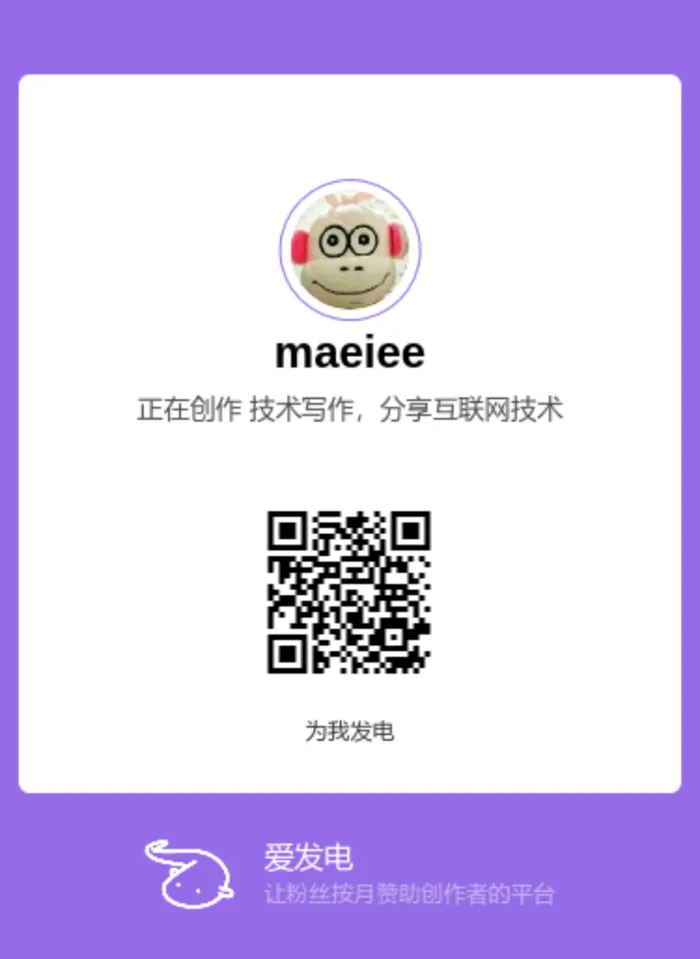Dealing with information overload1:How to define information
Information is a valuable resource in this era. Currently, there is an overload of information, filled with too much noise, and how to efficiently use information is particularly important. In this series, I will continue to think about this topic. This article is the first one, and I realize that in order to solve this problem, it is first necessary to define information.
A book, a tweet, a webpage, a picture, a video, a podcast, they are all forms of information, presented in different formats and with varying amounts of content.
I ponder their commonalities:
- Content: The essence of information, manifested in various forms.
- Source: Information always has a sender, including the natural universe.
- Opportunity: The world is composed of intricate information, which facilitates certain changes.
- Time of production: Information has timeliness" translates to.
- Importance: Some information is more important, or more valuable.
Show Info in a feed card
Time is the river in which information flows. In this river, information floats in the form of cards. Twitter is such a river, displaying the appearance of these cards.
We need our own river, a river centered around the individual. Twitter is just one source, and YouTube is another, in addition to our personal management, including anniversaries, and even your daily reminder to drink eight glasses of water.
In the operate system level
Websites and online services only provide one kind of utility and offer experiences that are fragmented and disconnected from each other.
Here, my concept is at the level of the operating system, an operating system specifically designed for processing information. What's the difference?
In Unix systems, everything is a file, which is good, but not enough, because the ecosystem of applications is not unified enough. We see that photo editing software is specifically for editing photos, e-book readers are specifically for reading, and note-taking apps are specifically for taking notes. If you want to edit photos in your note-taking app, or take notes in your reader, you'll understand what I mean by the ecosystem not being unified enough.
The ideal operating system is one that is built entirely around information. Software does not appear as independent entities, but rather as modular components. Every type of information is displayed through cards. Cards support flexible layouts, and the user is the designer of these cards, designing different cards according to different needs. Cards are the application software in the new system.
Just like everything is a file, in the new system everything is information. The system provides an interface for adding, deleting, editing, and querying information.
What does the desktop look like?
Window managers will be obsolete. The desktop consists of a Feed stream. If it's a phone, it's a ListView, and if it's a desktop/tablet, it's a GridView.
The Feed stream contains various cards, such as the latest tweets, YouTube videos.
But not just these, it also includes some question-style cards, such as:
- 'What would you like to see?' where users can click on news, videos, etc.
- 'How are you feeling?' where users can choose from emotions like happiness, anger, sadness, joy.
- 'What to do?' where users can choose work, games, killing time, improving mood.
Note, the Feed stream is dynamic, new cards will be inserted after the user takes action.
The desktop also has an input box for advanced interaction. This mainly includes two types:
- Commands: Similar to Emacs, the entire system is command-driven, and users can directly use commands.
- LLM: LLM with Agent capabilities to meet your customized needs.
Types of Information
I realize that not only is a piece of news information, but a choice is also information, an input, a click are all information.
Even time, location, environment are all information. If you are at work, you should display work content, personal management Feed cards. If you are at home, you should display leisure and entertainment cards.
The LLM of infomation
Naturally, I think of designing a large language model for card-based information. However, this differs from pure text-based language models, as the information here is card-based. A card, in this context, is one type of classification for information (and there are multiple classifications).
When this classification is combined with natural language, it can produce unexpected effects.
For example, often when you collaborate with someone at work, you might find yourself feeling down or under increased stress, leading to poor performance in the following days. You might not be aware of it, but through statistical models, you can identify this pattern, helping you discover and improve your condition.
When your finances, emotions, thoughts, and personal management are all presented in card form, you build a large model centered around yourself. This is not something that can be compared with products using LLM + vector search on the market.
LLM + vector search products don't deeply understand you; they are like doctors who briefly review your case in a limited context and give you a statistically reasonable answer based on their experience. But the model here is entirely based on your own training.
Building Your Personal Information Cocoon
This large model also helps you better filter information. You build your own information cocoon.
Usually, an information cocoon is not beneficial as it traps our consciousness and makes us dependent on certain products. But this is under the premise that the cocoon is built by others.
What if we build it ourselves? Imagine a large model that fully understands you, filtering out things you don't like or that are inappropriate. It pushes content that you need and helps you grow. This is wonderful.
Conclusion
This is the first article in this series. If it also inspires you, feel free to communicate with me!
